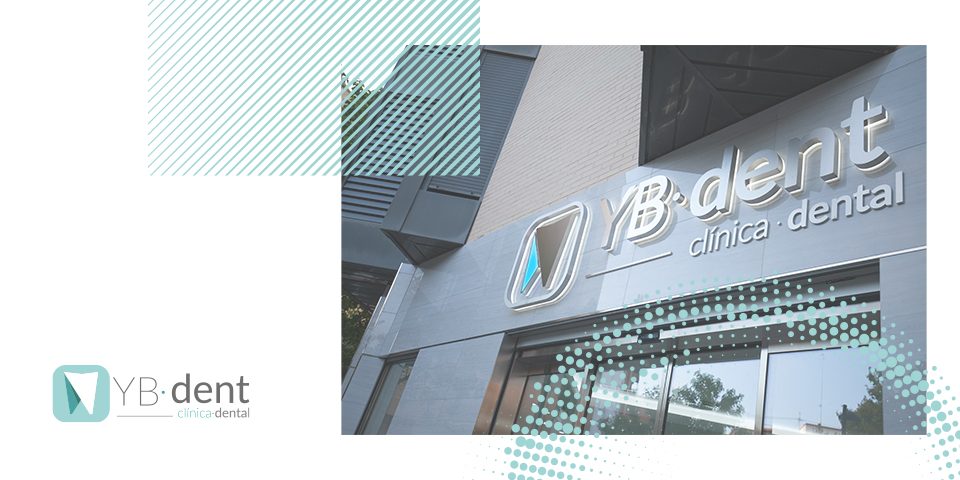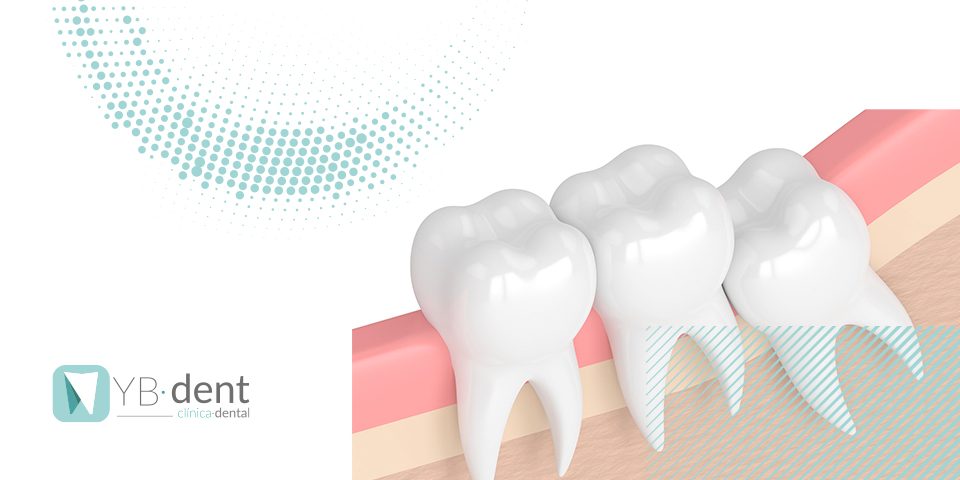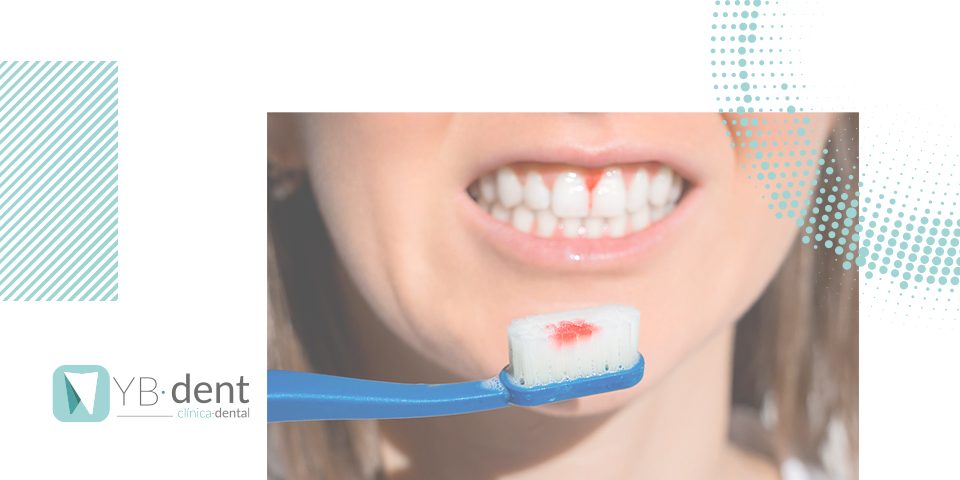¿A qué se deben las encías negras?

Se lo denomina melanosis gingival y consiste en un cúmulo de melanina de forma anormal en nuestra encía. Genera un aspecto muy oscuro dejando a las encías negras. Esto puede deberse por la raza, uso de algunos fármacos o por gran exposición solar. Te recomendamos que acudas a alguna clínica dental en Valencia y te revise un especialista para que analice tu caso.
Tipos de enfermedades en las encías
Las más comunes son:
– Gingivitis
es una inflamación de las encías, producida normalmente por acúmulo de placa bacteriana o algún tipo de infección. La encía reacciona inflamándose y sangrando en muchos casos.
– Periodontitis
Las encías se infectan e inflaman provocando una destrucción del aparato de sostén. Afecta sobre todo al hueso y desencadena una movilidad o pérdida dental.
Blanqueamiento de encías en clínica dental en Valencia
– Microabrasión
Se utiliza un instrumental específico, el periodoncista elimina la capa oscura superficial de la encía. Con la microabrasión, se extraen los pigmentos negros que afectan a la mucosa bucal. Y así se recupera el aspecto natural de las encías.
– Retirar manchas negras de las encías con un bisturí
La despigmentación con bisturí tiene el mismo objetivo, erradicar las encías negras. Esta técnica es más invasiva, y tiene un delicado postoperatorio para el paciente debido al material con el que se realiza.
– Cirugía láser en encías negras
Se emplea también para tratar otro tipo de problemas, como el mucocele, y es la que ofrece mayores ventajas.
Su intervención es más ligera, porque reduce el sangrado durante la misma. Y por otra parte, acorta el tiempo de recuperación del paciente.
Regeneración gingival en encías negras
Esta melanosis gingival, normalmente no genera ningún problema de salud, pero sí que es importante para el aspecto estético de nuestra sonrisa. Hay diferentes tratamientos, para recuperar esta estética gingival. Una es mediante injertos de encía, que lograrían un blanqueamiento de encías estupendo.
Existen dos formas de realizarlo. Una mediante tejido mucoso del paladar, o tejido gingival de otra parte. Este tratamiento adhiere injertos de encía sobre nuestra propia encía, para conseguir la cantidad y el color de encía adecuado.



